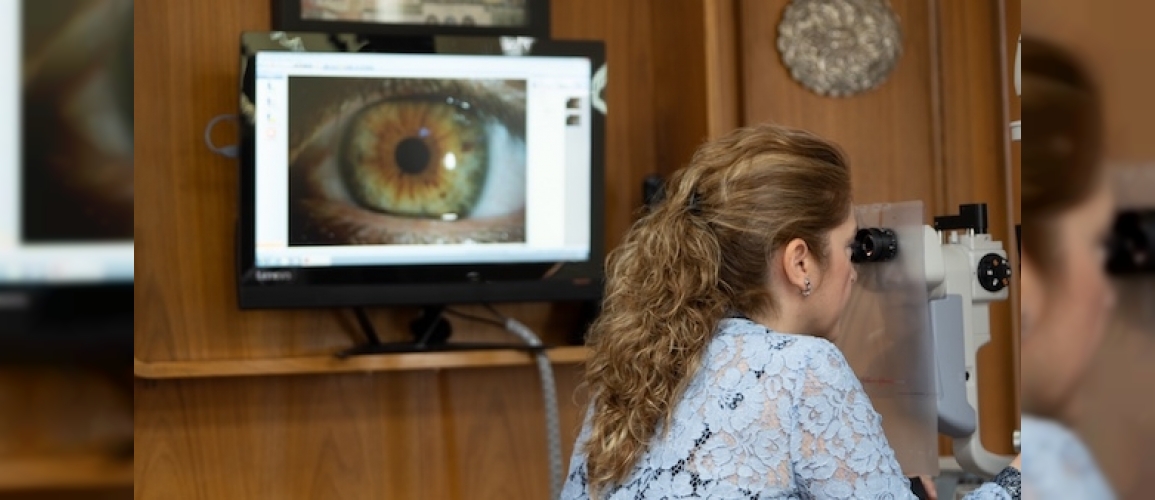What is Eye Pressure?
Glaucoma, or eye pressure, is also known as black water disease. It is an insidious disease and the cause of irreversible blindness.
Normally, we all have a certain intraocular pressure in our eyes and the normal is between 10-20 mmHg. Normal intraocular pressure is necessary for the eye to maintain its spherical shape and for the blood supply and nutrition of the eye tissues.
When the intraocular pressure exceeds 20 mmHg, this high pressure causes cell loss in the optic nerve due to high pressure in the area where the optic nerve enters the eye, which is the weakest point of the eye, and the optic nerve cells are slowly and insidiously damaged.
In a special condition called ocular hypertension, intraocular pressure is high, but damage to the optic nerve and loss of visual field cannot be detected. Some ocular hypertension develops into glaucoma over time, while others do not damage the eye for life.
Although there are several different types of glaucoma, open-angle glaucoma is the most common. In open-angle glaucoma, either the production of intraocular fluid is increased or the fluid leaving the eye is decreased. In the early stages, the patient does not notice the loss of vision until the advanced stage because the vision loss is not from the center but from the sides. In the last stage, the patient sees as if looking through a pipe. In the last stage, when the patient realizes the loss of vision, the disease is at a very advanced stage and irreversible vision loss has occurred.
The disease is common over the age of 40 and those with a family history of glaucoma are in the risk group and the risk of glaucoma in these people is 5 times higher than in the normal population. For this reason, eye pressure should definitely be checked over the age of 40.
Glaucoma is diagnosed when the intraocular pressure is measured high during a careful eye examination and nerve damage is detected in further examinations such as visual field and optic nerve head analyzes performed upon detection of signs of damage to the optic nerve, which we call pitting.
As soon as the diagnosis is made, treatment should be started immediately and the patient should be followed up with periodic intraocular pressure measurements and examinations. If the intraocular pressure does not decrease and the damage progresses, surgical treatment is planned if the intraocular pressure cannot be reduced by changing the medication or adding new medications.



